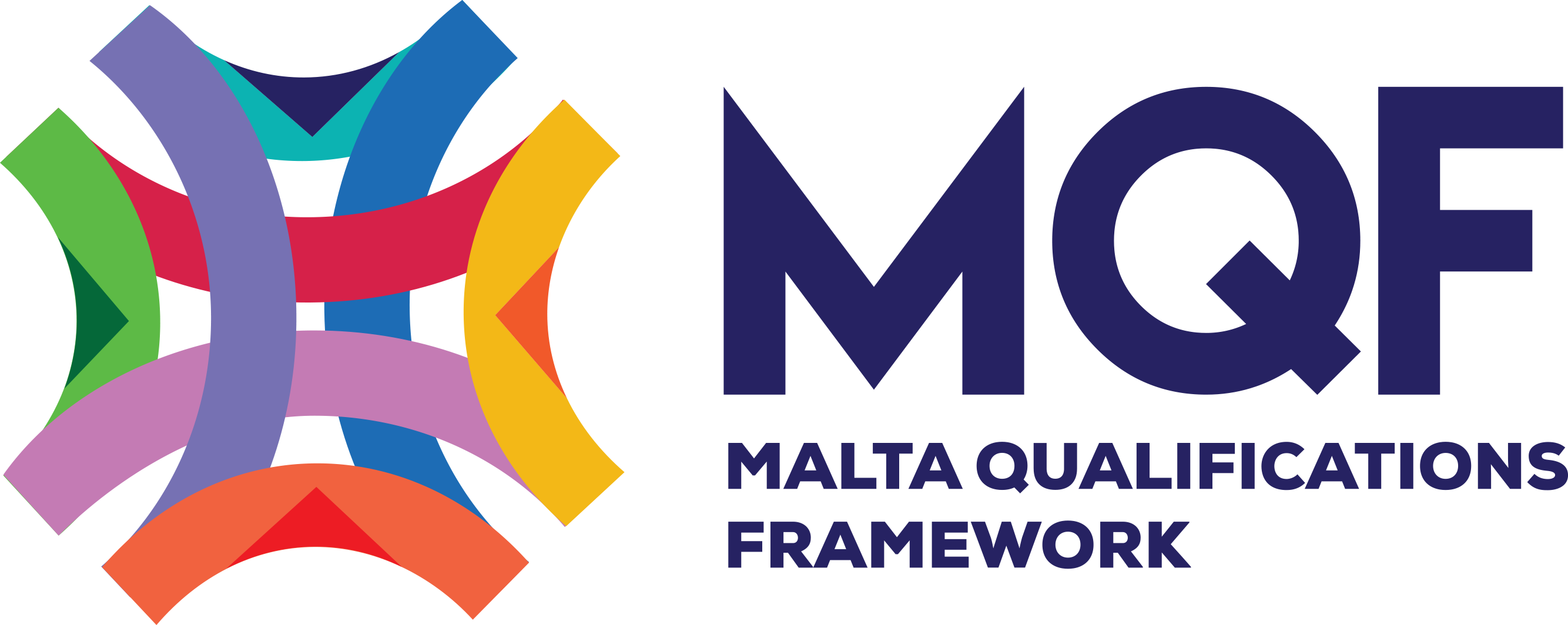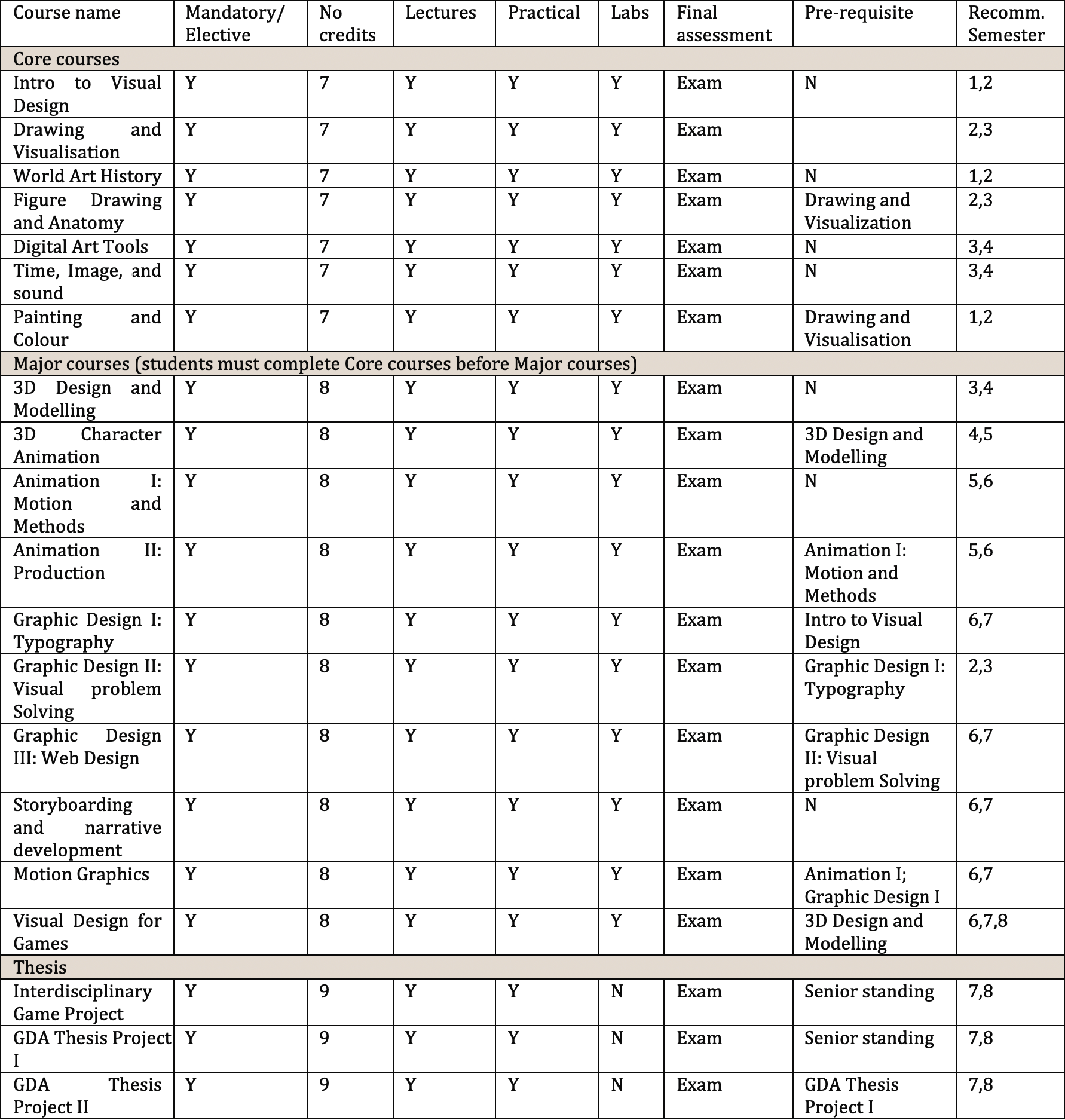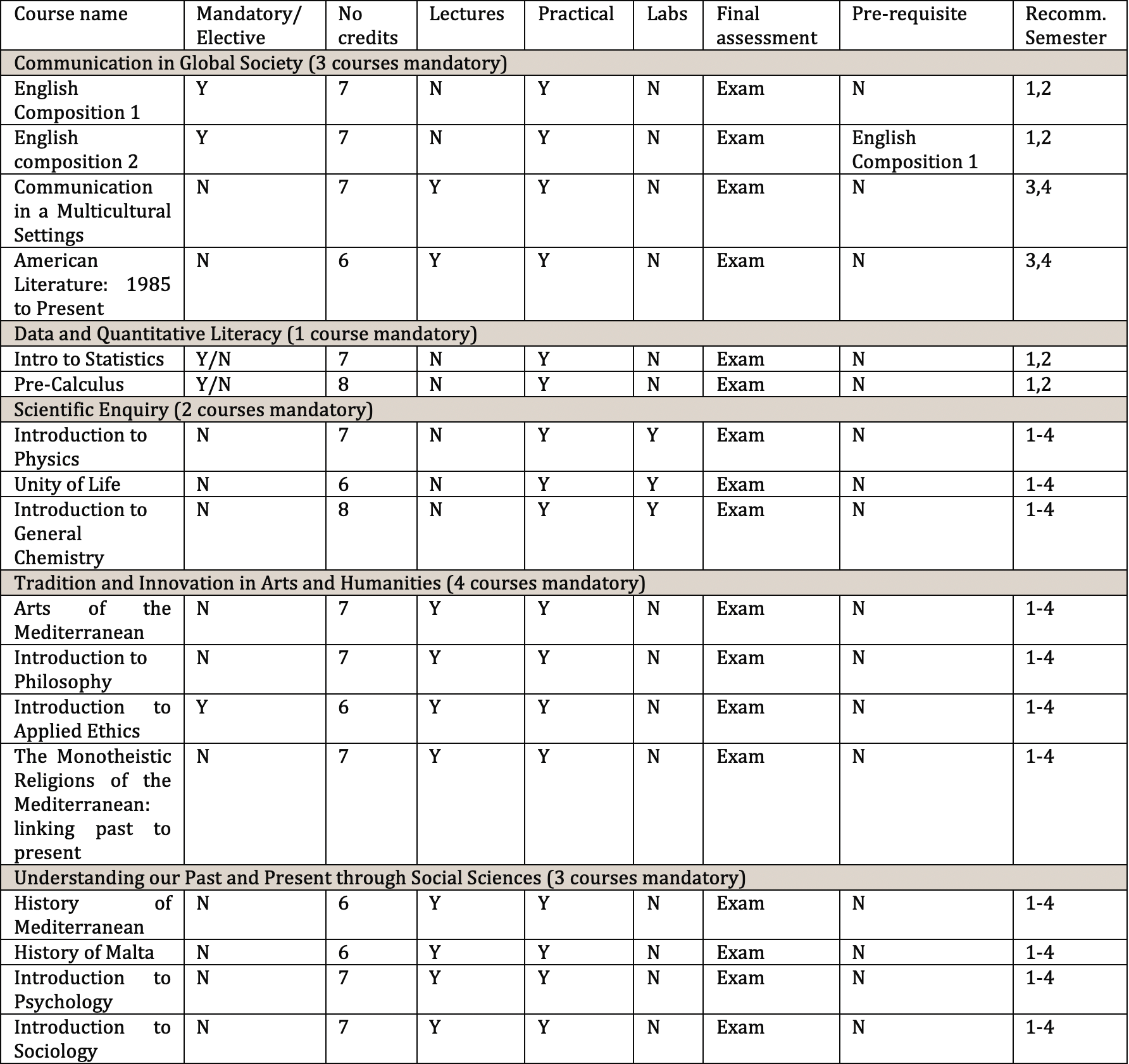BA in Graphic Design & Animation

This Program is accredited by the MFHEA
Degree Overview for Graphic Design
This course addresses the continually growing market needs of the internet, video game, television, and movie industries. These industries require visual artists who are trained in highly technical specializations and prepared for a wide variety of media.
Entry Requirements for this Program
Admission to any AUM level 6 programs will be based on the following criteria:
- Completion of application.
- Submission of official transcripts showing that the student will have successfully completed a course of study of MQF level 5 (e.g. US or international high school or equivalent course of study) by the time he or she enrols at AUM.
- High school or MQF level 5 course of study GPA (minimum GPA required 2.5 out of 4.0).
- Personal essay, addressing personal goals and expectations.
- Scores on standardised test (ACT and/or SAT).
- AUM may consider eliminating this requirement moving forward, once a substantial body of faculty has been established.
Program Details
Program length:
4 years / Full-Time
GPA needed to earn the degree:
2.0 or higher
Credits needed to earn the degree:
118 US credits / 237 ECTS
Degree level:
MQF Level 6
Pass Rate:
73%
Overall Course Objectives
The BA in Graphic Design and Animation is a professionally oriented degree that provides students with a strong foundation in visual art and design for a broad range of media, including print, interactive media, film, and television. The program offers the student a chance to create an interdisciplinary program of study that will enrich the knowledge and skills the graduate takes into the constantly evolving industry. During the senior year Thesis Stage, students are able to explore their specific areas of interest in-depth in a self-directed project.
Knowledge Gained
Knowledge of media production, communication, and dissemination techniques and methods.
Knowledge of design techniques, tools, and principles involved in production of precision technical plans, drawings, and models.
Knowledge of the theory and techniques required to compose, produce, and perform works of visual arts.
Knowledge of electronic equipment and computer hardware and software, including applications.
Skills Gained
Using logic and reasoning to identify the strengths and weaknesses of alternative solutions, conclusions or approaches to problems.
Managing one’s own time and the time of others.
Considering the relative costs and benefits of potential actions to choose the most appropriate one.
Understanding the implications of new information for both current and future problem-solving and decision-making.
Demonstrate the principles of graphic design communication, showcasing the creative and technical abilities that produce successful innovative graphic design projects in a variety of media.
Demonstrate a solid foundation in design and traditional studio art, and will be able to use these skills in order to communicate effectively through visual means.
Understand and utilize a broad range of digital design and animation tools.
Acquire animation skills necessary for careers in motion graphics, game development, 3d and 2D animated films, television or effects animation.
Utilize self-management skills to work with a high level of autonomy on self-directed creative projects.
Implement the use of pre-visualization, storyboarding, and essential pre-production techniques to develop complex inventive concepts.
Apply creative problem solving skills to a variety of abstract problems.
Produce a professional and original design and animation portfolio and reel.
Competences Gained
Create unusual or clever ideas about a given topic or situation, or to develop creative ways to solve a problem.
Create visual media using computer hardware and software.
Create innovative designs, concepts, and sample layouts, based on knowledge of layout principles and esthetic design concepts.
Create graphics and layouts for product illustrations, company logos, and Web sites.
Create complex graphics and animation, using independent judgment, creativity, and computer equipment.
Create objects or characters that appear lifelike by manipulating light, color, texture, shadow, and transparency, or manipulating static images to give the illusion of motion.
Be responsible to apply story development, directing, cinematography, and editing to animation to create storyboards that show the flow of the animation and map out key scenes and characters.
Be responsible to develop briefings, brochures, multimedia presentations, web pages, promotional products, technical illustrations, and computer artwork for use in products, technical manuals, literature, newsletters and slide shows.
Collaborate in design and production of multimedia campaigns, handling budgeting and scheduling, and assisting with such responsibilities as production coordination, background design and progress tracking
Learning Outcomes
Communication Skills for the whole course,
- Define and focus on a purpose or purposes
- Interpret and respond to different audiences
- Employ writing, reading, and visuals for inquiry, thinking, and communicating
- Integrate their own ideas with those of others
- Critique their own and others’ works
- Communicate ideas convincingly to groups and individuals.
Learning Outcomes for Learning Skills for the whole course,
- Proceed to graduate work in graphic design and/or animation
General Pedagogical Methods used for this Program
In general, the Graphic Design and Animation modules are taught with a mixture of theory and applied practice. However, pedagogical approaches vary substantially form module to module and are described in detail in the description of each module.
Most modules in the course should be taught using the traditional project-based learning critique method common to most art, film, and animation courses. Students work on projects that are limited by constraints and that address criteria designed around the module learning goals.
The students engage in group critiques of the finished project, which builds their vocabulary in the subject and their ability to analyse and improve their own work. Most of the modules should be taught in studio spaces or computer labs. Students must be senior GDA majors (successfully completed 180 ECTS) before being allowed to enter the Thesis Stage of the course.
GENERAL ASSESSMENT POLICY AND PROCEDURES
Students are required to maintain a minimum GPA of 2.0 throughout the course. Failure to maintain such standard results in academic probation.
A student in academic probation can continue to enrol in new modules for two semesters, while the student is strongly encouraged to retake modules in which grades were unsatisfactory. If the GPA does not reach the required threshold after two semesters of academic probation, the student may be dismissed from the program.
Students are required to obtain a grade of C- or better in each of the course modules outside of the General Education Component. If a student receives a grade below C-, the students must retake the module in order to graduate.
The grading in the majority of the Graphic Design and Animation specific modules will be assessed based on projects. Instructors should set up a rubric for each project that describes what is expected from the student, and the grade should be determined by how effective the student was in approaching the goal.
There may be quizzes to encourage and evaluate the student to learn terms and definitions, but most modules don’t use written papers, midterm, or final exams. Instead, there is often a final critique of a project that demonstrates the knowledge and skills developed through the module.
More specific assessment methods and criteria are described in each module.
COURSE STRUCTURE SAMPLE
Semester 1 (16 weeks)
English Composition 1
Intro to Statistics
Introduction to Visual Design
General Education (Elective)
General Education (Elective)
Semester 2 (16 weeks)
English Composition 2
General Education Courses (Elective)
General Education Courses (Elective)
Drawing and Visualisation
Semester 3 (16 weeks)
General Education Courses (compulsory)
General Education Courses (Elective)
General Education Courses (Elective)
General Education Courses (Elective)
Figure Drawing and Anatomy
Semester 4 (16 weeks)
General Education Courses (Elective)
General Education Courses (Elective)
World Art history
Digital Art Tools
Elementary Surveying
Semester 5 (16 weeks)
Time, Image, Sound
Painting and Colour
Design and Modelling
Animation I: Motion and Methods
General Education Courses (compulsory)
Semester 6 (16 weeks)
3D Character Animation
Animation II: Production
Graphic Design I: Typography
Storyboarding and Narrative
Semester 7 (16 weeks)
Graphic Design II: Visual Problem Solving
Motion Graphics
Visual Design for Games
Thesis Project I
Semester 8 (16 weeks)
Graphic Design III: Web Design
Interdisciplinary Game Project
Thesis Project II
Total contact hours: 1999
Supervised practice hours: 15
Self-Study hours: 681
Assessment hours: 3241
Total hours: 237 ECTS
Delivery mode: face-to-face; online; and blended
Mode of attendance: Full time at AUM premises. Online via MS Teams, and Moodle.
Duration: 4 years
Pass rate: 73%

GENERAL EDUCATION
